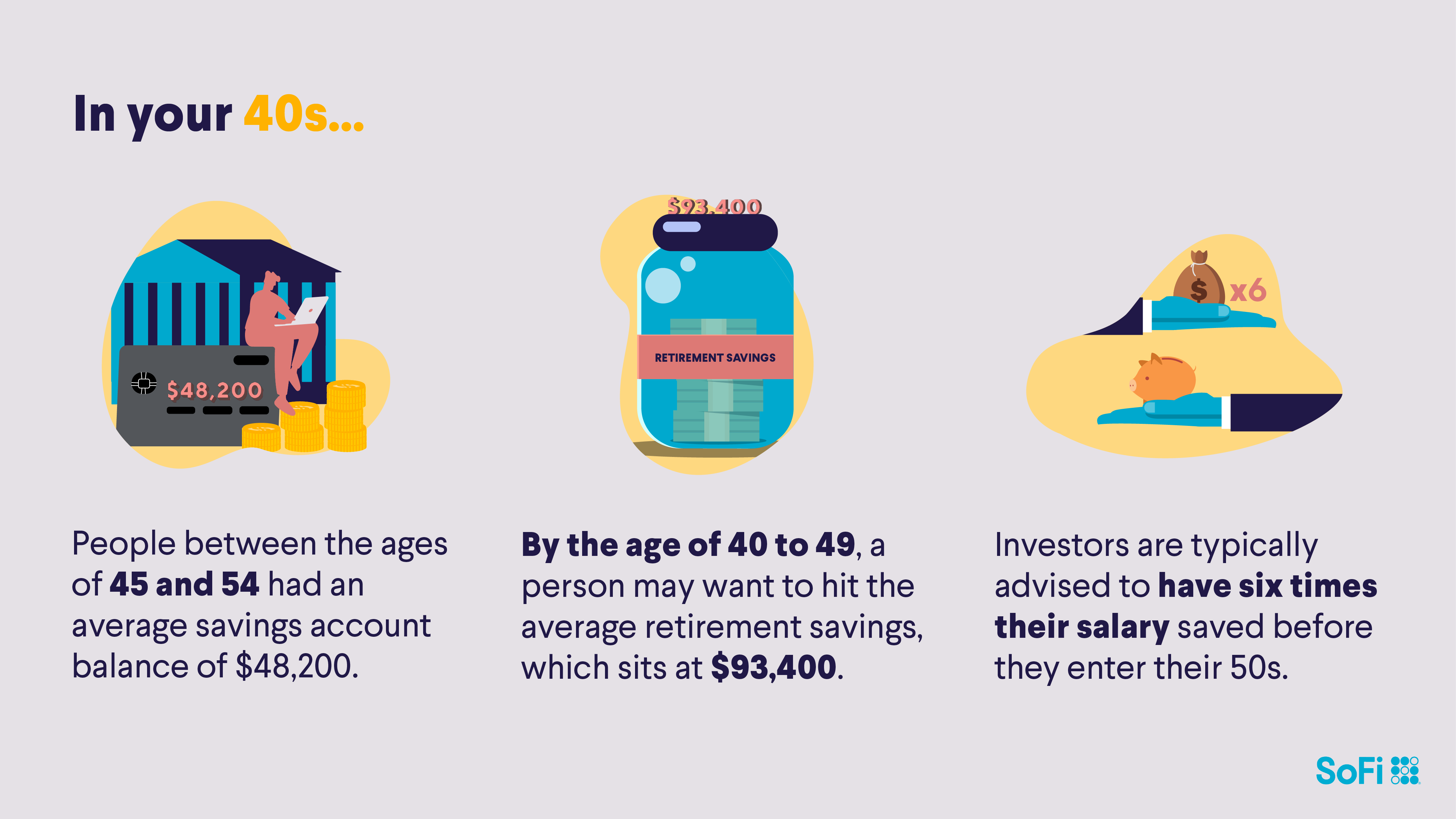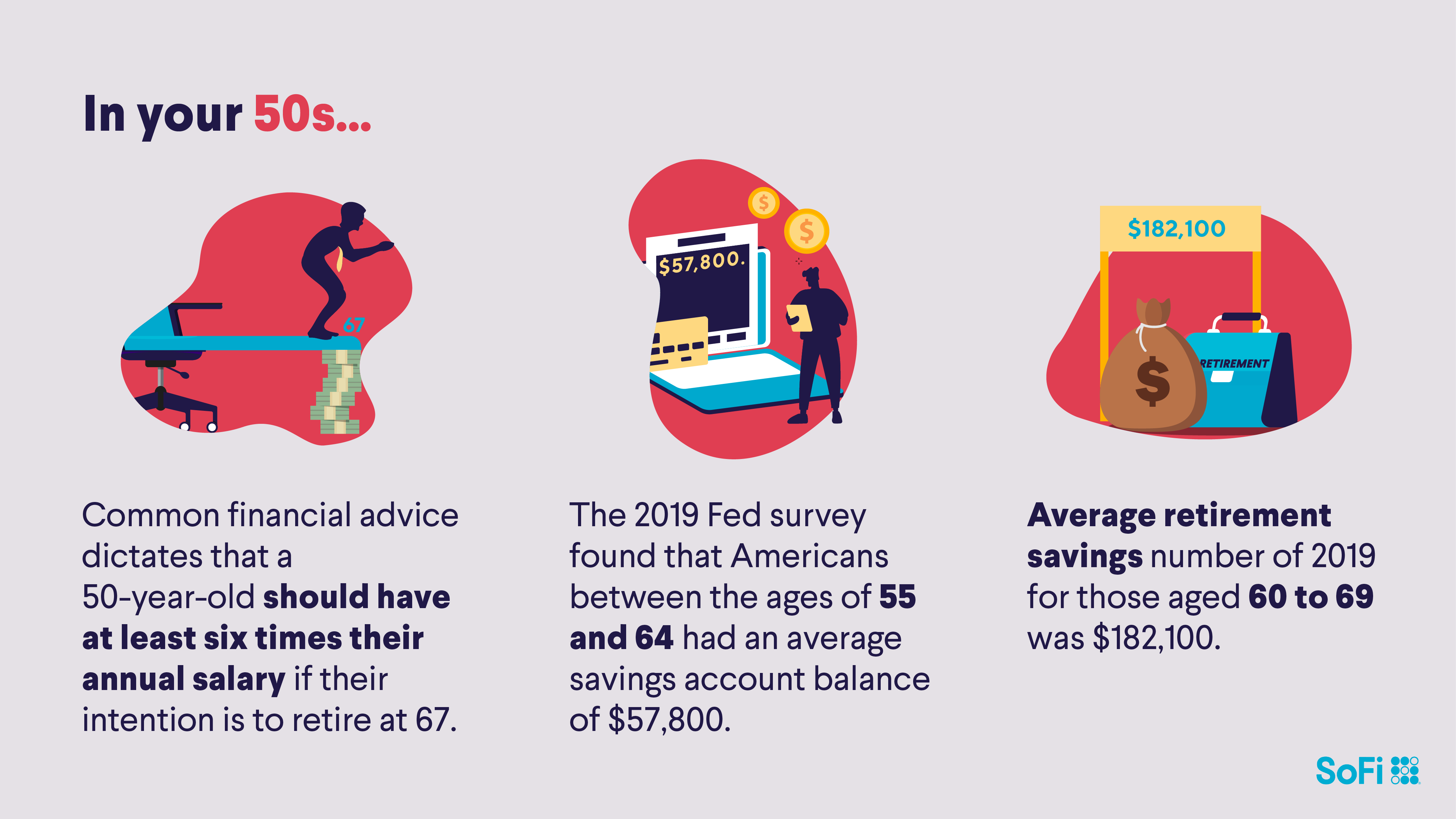Sell-to-Open vs Sell-to-Close: How They’re Different
Table of Contents
Sell-to-open and sell-to-close are two of the four order types used in options trading. The other two are buy-to-open and buy-to-close. Options contracts can be created, closed out, or simply exchanged on the open market.
A sell-to-open order is an options order type in which you sell (also described as write) a new options contract.
In contrast, a sell-to-close order is an options order type in which you sell an options contract you already own. Both types of options, calls and puts, are subject to these order types.
Key Points
• Sell-to-Open involves selling a new options contract, while Sell-to-Close involves selling an existing options contract.
• Sell-to-Open profits from decreasing option values, while Sell-to-Close profits from options that have increased in value.
• Sell-to-Open can increase open interest, while Sell-to-Close can decrease open interest.
• Sell-to-Open writes a new options contract, while Sell-to-Close closes an existing options contract.
• Sell-to-Open benefits from time decay and lower implied volatility, but can result in steep losses and be affected by increasing volatility. Sell-to-Close avoids extra commissions and slippage costs, retains extrinsic value, but limits further upside before expiration.
What Is Sell-to-Open?
A sell-to-open transaction is performed when you want to short an options contract, either a call or put option. The trade is also known as writing an option contract.
Selling a put indicates a bullish sentiment on the underlying asset, while selling a call indicates bearishness.
When trading options, and specifically writing options, you collect the premium upon sale of the option. You benefit if you are correct in your assessment of the underlying asset price movement. You also benefit from sideways price action in the underlying security, so time decay is your friend.
A sell-to-open order creates a new options contract. Writing a new options contract will increase open interest if the contract stays open until the close of that trading session, all other things being held equal.
How Does Sell-to-Open Work?
A sell-to-open order initiates a short options position. If you sell-to-open, you could be bullish or bearish on an underlying security depending on if you are short puts or calls.
Writing an option gives the buyer the right, but not the obligation, to purchase the underlying asset from you at a pre-specified price. If the buyer exercises that right, you, the seller, are obligated to sell them the security at the strike price.
An options seller benefits when the price of the option drops. The seller can secure profits by buying back the options at a lower price before expiration. Profits are also earned by the seller if the options expire worthless.
Pros and Cons of Selling-to-Open
| Pros | Cons |
|---|---|
| Time decay works in your favor | A naked sale could result in steep losses |
| Benefits from lower implied volatility | Increasing volatility hurts options sellers |
| Collects an upfront premium | Might have to buy back at a much higher price |
An Example of Selling-to-Open with 3 Outcomes
Let’s explore three possible outcomes after selling-to-open a $100 strike call option expiring in three months on XYZ stock for $5 when the underlying shares are trading at $95.
1. For a Profit
After two months, XYZ shares dropped to $90. The call option contract you sold fell from $5 per contract to $2. You decide that you want to book these gains, so you buy-to-close your short options position.
The purchase executes at $2. You have secured your $3 profit.
You sold the call for $5 and closed out the transaction for $2, $5 – $2 = $3 in profit.
A buy-to-close order is similar to covering a short position on a stock.
Keep in mind that the price of an option consists of both intrinsic and extrinsic value. The call option’s intrinsic value is the stock price minus the strike price. Its extrinsic value is the time value.
Options pricing can be tricky as there are many variables in the binomial option pricing model.
2. At Breakeven
If, however, XYZ shares increase modestly in the two months after the short call trade was opened, then time decay (or theta) might simply offset the rise in intrinsic value.
Let’s assume the shares rose to $100 during that time. The call option remains at $5 due to the offsetting changes in intrinsic value and time value.
You decide to close the position for $5 to breakeven.
You sold the call for $5 and closed out the transaction for $5, $5 – $5 = $0 in profit.
3. At a Loss
If the underlying stock climbs from $95 to $105 after two months, let’s assume the call option’s value jumped to $7. The decline in time value is less than the increase in intrinsic value.
You choose to buy-to-close your short call position for $7, resulting in a loss of $2 on the trade.
You sold the call for $5 and closed out the transaction for $7, $7 – $5 = $2 loss.
Finally, user-friendly options trading is here.*
Trade options with SoFi Invest on an easy-to-use, intuitively designed online platform.
*Check out the OCC Options Disclosure Document.
What Is Sell-to-Close?
A sell-to-close is executed when you close out an existing long options position.
When you sell-to-close, the contract you were holding either ceases to exist or transfers to another party.
Open interest can stay the same or decrease after a sell-to-close order is completed.
How Does Sell-to-Close Work?
A sell-to-close order ends a long options position that was established with a buy-to-open order.
When you sell-to-close, you might have been bullish or bearish an underlying security depending on if you were long calls or puts. (These decisions can be part of options trading strategies.) A long options position has three possible outcomes:
1. It expires worthless
2. It is exercised
3. It is sold before the expiration date
Pros and Cons of Selling-to-Close
| Pros | Cons |
|---|---|
| Avoids extra commissions versus selling shares in the open market after exercising | There might be a commission with the options sale |
| Avoids possible slippage costs | The option’s liquidity could be poor |
| Retains extrinsic value | Limits further upside before expiration |
An Example of Selling-to-Close with 3 Outcomes
Let’s dive into three plausible scenarios whereby you would sell-to-close.
Assume that you are holding a $100 strike call option expiring in three months on XYZ stock that you purchased for $5 when the underlying shares were $95.
1. For a Profit
After two months, XYZ shares rally to $110. Your call options jumped from $5 per contract to $12.
You decide that you want to book those gains, so you sell-to-close vs sell-to-open your long options position.
The sale executes at $12. You have secured your $7 profit.
You purchased the call for $5 and closed out the transaction for $12, $12 – $5 = $7 in profit.
2. At Breakeven
Sometimes a trading strategy does not pan out, and you just want to sell at breakeven. If XYZ shares rally only modestly in the two months after the long call trade was opened, then time decay (or theta) might simply offset the rise in intrinsic value.
Let’s say the stock inched up to $100 in that time. The call option remains at $5 due to the offsetting changes in intrinsic value and time value.
You decide to close the position for $5 to breakeven.
You purchased the call for $5 and closed out the transaction for $5, $5 – $5 = $0 in profit.
3. At a Loss
If the stock price does not rise enough, cutting your losses on your long call position can be a prudent move. If XYZ shares climb from $95 to $96 after two months, let’s assume the call option’s value declines to $2. The decline in time value is more than the increase in intrinsic value.
You choose to sell-to-close your long call position for $2, resulting in a loss of $3 on the trade.
You purchased the call for $5 and closed out the transaction for $2, $5 – $3 = $2 loss.
What Is Buying-to-Close and Buying-to-Open?
Buying-to-close ends a short options position, which could be bearish or bullish depending on if calls or puts were used.
Buying-to-open, in contrast, establishes a long put or call options position which might later be sold-to-close.
Understanding buy to open vs. buy to close is similar to the logic with sell to open vs sell to close.
The Takeaway
Selling-to-open is used when establishing a short options position, while selling-to-close is an exit transaction. The former is executed when writing an options contract, while the latter closes a long position. It is important to know the difference between sell to open vs sell to close before you start options trading.
If you’re ready to try your hand at options trading, you can set up an Active Invest account and, if qualified, trade options from the SoFi mobile app or through the web platform.
And if you have any questions, SoFi offers educational resources about options to learn more. SoFi doesn’t charge commissions, see full fee schedule here, and members have access to complimentary financial advice from a professional.
FAQ
Is it better to buy stocks at opening or closing?
It is hard to determine what time of the trading day is best to buy and sell stocks and options. In general, however, the first hour and last hour of the trading day are the busiest, so there could be more opportunities then with better market depth and liquidity. The middle of the trading day sometimes features calmer price action.
Can you always sell-to-close options?
If you bought-to-open an option, you can sell-to-close so long as there is a willing buyer. You might also consider allowing the option to expire if it will finish out of the money. A final possibility is to exercise the right to buy or sell the underlying shares.
How do you close a sell-to-open call?
You close a sell-to-open call option by buying-to-close before expiration. Bear in mind that the options might expire worthless, so you could do nothing and avoid possible commissions. Finally, the options could expire in the money which usually results in a trade of the underlying stock if the option is exercised.
Photo credit: iStock/izusek
SoFi Invest® INVESTMENTS ARE NOT FDIC INSURED • ARE NOT BANK GUARANTEED • MAY LOSE VALUE
1) Automated Investing and advisory services are provided by SoFi Wealth LLC, an SEC-registered investment adviser (“SoFi Wealth“). Brokerage services are provided to SoFi Wealth LLC by SoFi Securities LLC.
2) Active Investing and brokerage services are provided by SoFi Securities LLC, Member FINRA (www.finra.org)/SIPC(www.sipc.org). Clearing and custody of all securities are provided by APEX Clearing Corporation.
For additional disclosures related to the SoFi Invest platforms described above please visit SoFi.com/legal.
Neither the Investment Advisor Representatives of SoFi Wealth, nor the Registered Representatives of SoFi Securities are compensated for the sale of any product or service sold through any SoFi Invest platform.
Options involve risks, including substantial risk of loss and the possibility an investor may lose the entire amount invested in a short period of time. Before an investor begins trading options they should familiarize themselves with the Characteristics and Risks of Standardized Options . Tax considerations with options transactions are unique, investors should consult with their tax advisor to understand the impact to their taxes.
SOIN0323021U






